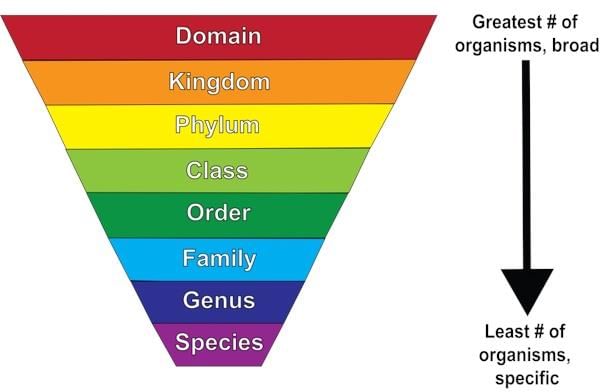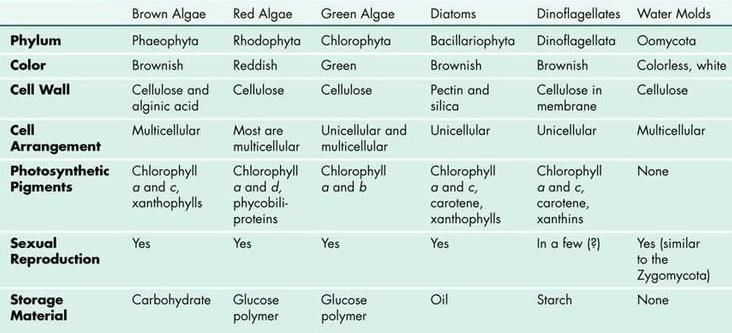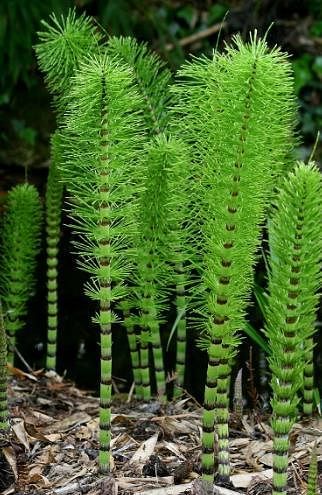Biology: Topic-wise Test- 10 - NEET MCQ
30 Questions MCQ Test - Biology: Topic-wise Test- 10
Which one of the following includes all the other lower taxa?
Which one of the following is the basic unit of classification?
In a hierarchical system of classification of plants, which of the following taxonomic rank ends in ‘aceae’?
Choose the correct answers from the alternatives given.
Which of the following is the correct order of classification?
The taxonomic unit ‘Phylum’ in the classification of animals is equivalent to which hierarchical level in classification of plants?
The five kingdom classification was proposed by______.
In which group of plants does the sporophyte not have a free-living stage?
Which among the following is incorrect about artificial classification of plantae kingdom?
The primitive prokaryotes responsible for the production of biogas from the dung of ruminant animals, include the ______.
Which among the following are incorrect about Mycoplasma?
All viruses
(a) Contain protein
(b) Contain DNA
(c) Are susceptible to antibiotics
(d) Are intracellular
In five kingdom of classification, Whittaker assigned eukaryotes to______.
Which of the following is less general in characters as compared to genus?
Which kingdom brought Chlorella and Chlamydomonas with Paramoecium and Amoeba?
Assertion (A): Mosses are capable of absorbing water and nutrients directly through their leaves.
Reason (R): Mosses lack a true vascular system, which is typically responsible for the transport of water and nutrients in higher plants.
Artificial classification of plant kingdom is based on _______
Which group of plants is known for having a double fertilization process?
Assertion (A): All living organisms have the ability to respond to stimuli.
Reason (R): Responsiveness to environmental stimuli is a fundamental characteristic that differentiates living organisms from non-living matter






























